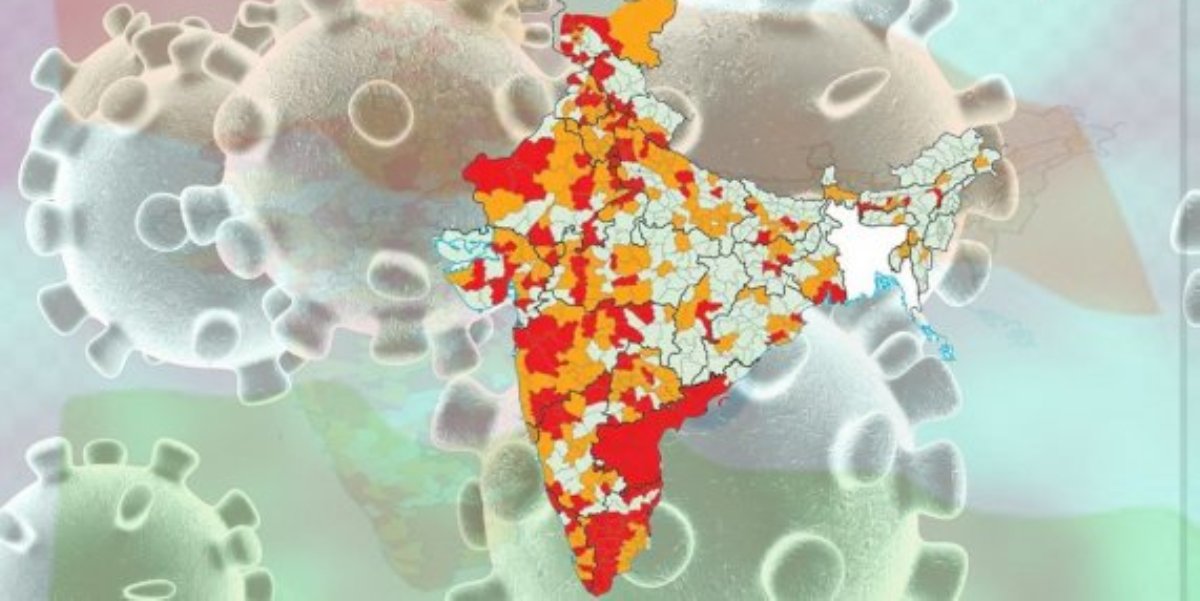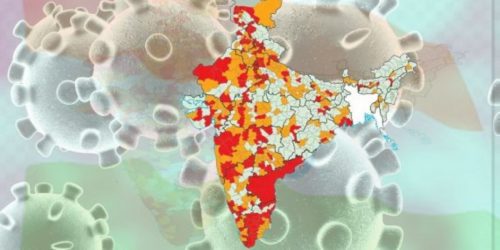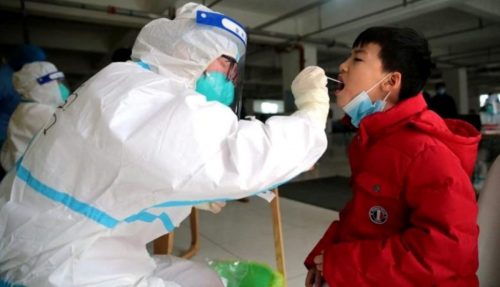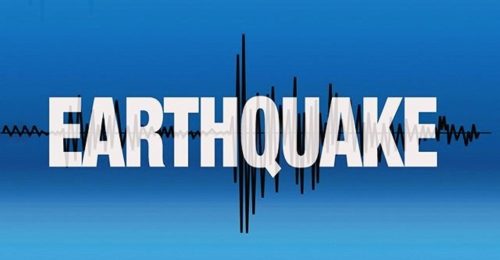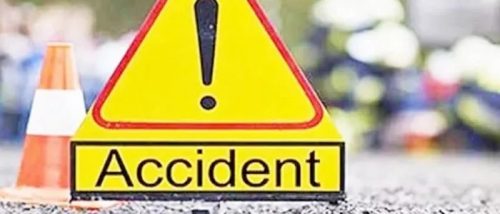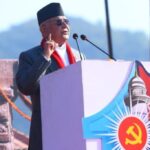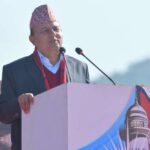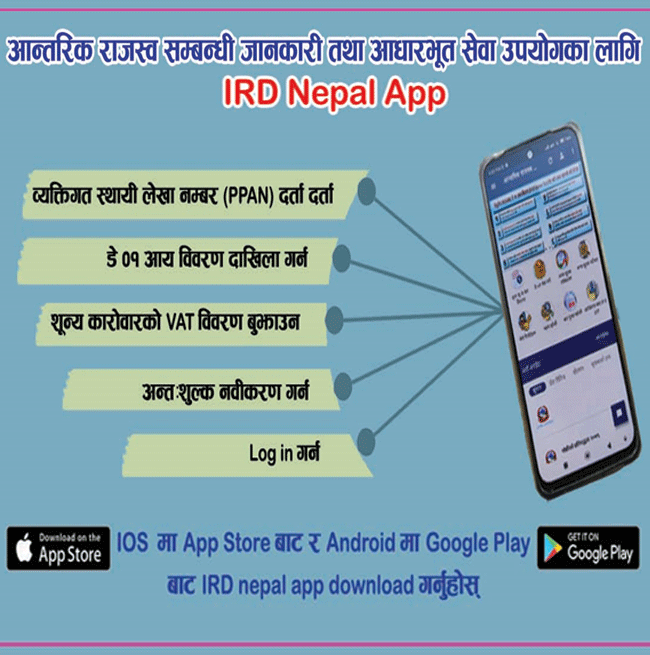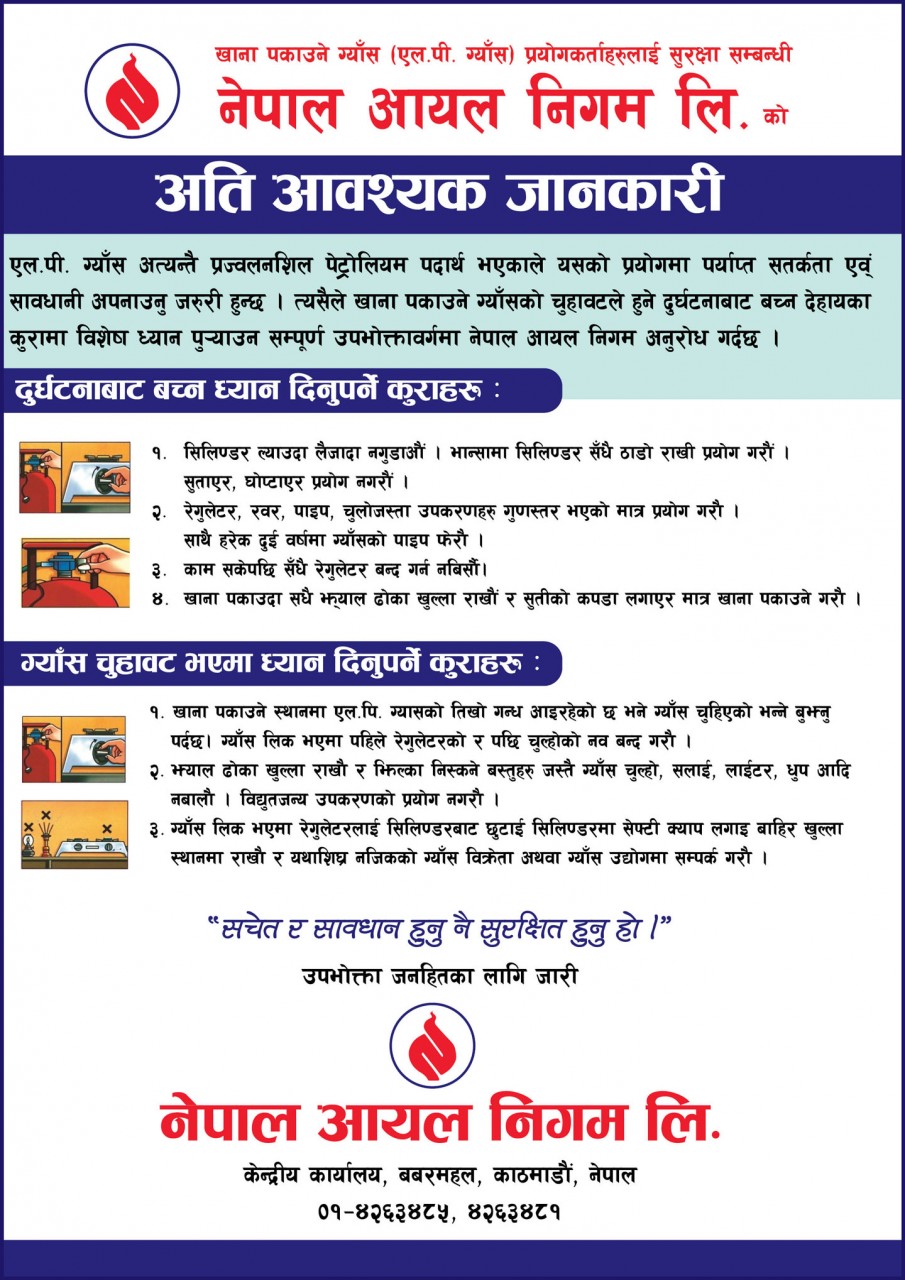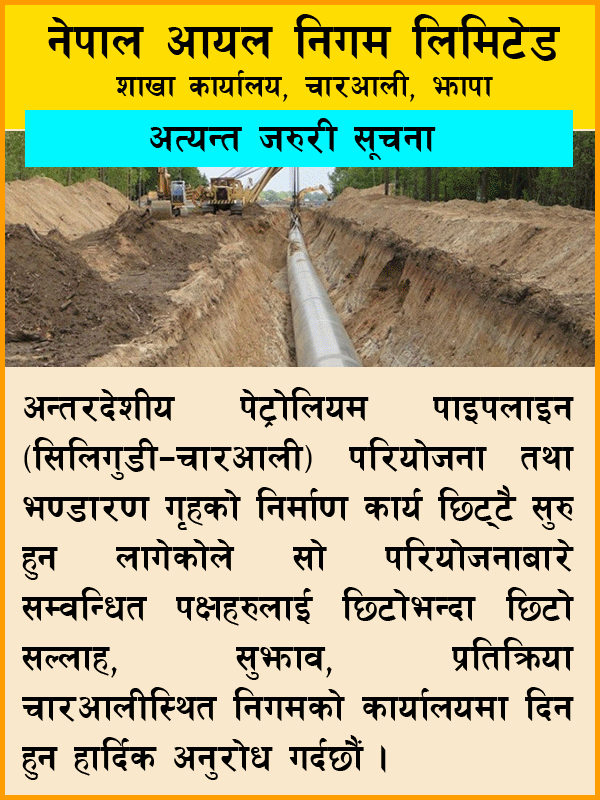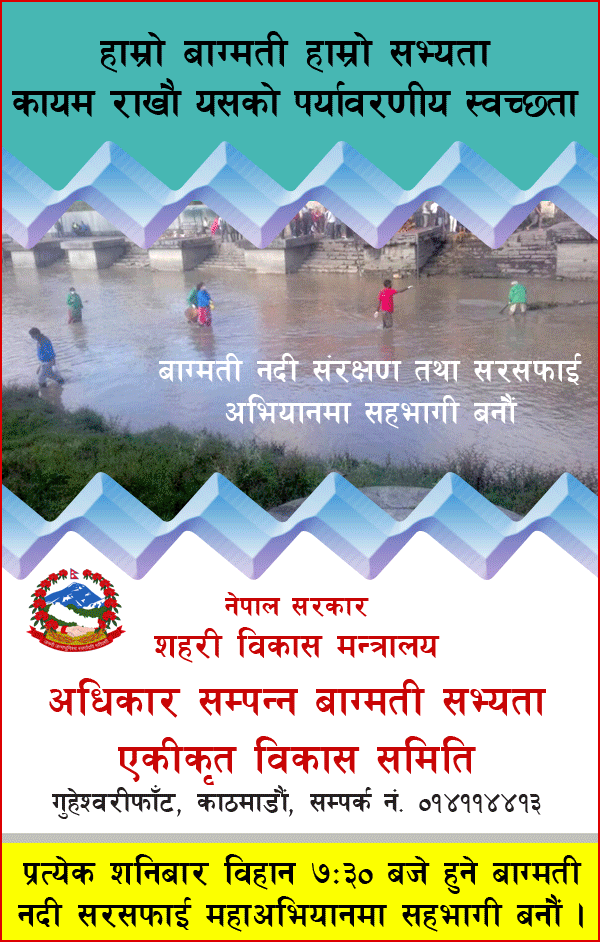New Delhi [India] : Hitting a grim milestone, India recorded over 1 lakh COVID-19 cases in a span of 24 hours, the highest single daily spike in infections since the pandemic started last year.
With this, India has become the third country after the US and Brazil to register a six-figure addition in COVID-19 cases in a single day. On January 8, the United States surpassed 300,000 daily coronavirus cases, reported the Washington Post. On March 25, Brazil recorded 100,158 new coronavirus cases and 2,777 new deaths, the country’s Health Ministry said. India is ranked at the third position in the cumulative count of COVID-19 cases by the Worldometers. The US stood at the top with 31,420,331 cases and 568,777 deaths, Brazil at second with 12,984,956 cases and 331,530 deaths and India has 12,589,067 cases and 165,132 deaths.
According to the Union Health Ministry and Family Welfare (MoHFW), as many as 1,03,844 people were tested positive for the virus in the past 24 hours, led by a massive spike in the pandemic in Maharashtra, which added a record 57,074 fresh infections. The national capital logged 4,033 new COVID-19 cases on Sunday, which is the highest single-day spike since December 4 last year. Besides Delhi and Maharashtra, Uttar Pradesh (4,164 cases), Madhya Pradesh (3,178 cases) and Gujarat (2,875) also recorded their highest-daily surge in COVID-19 infections.
The previous high was registered on September 17 last year, when the country reported 97,894 positive cases. However, the COVID-19 tally had started witnessing a gradual decline, which continued for five months before a surge, described as the “second wave”. It is to mention that a total of 771 cases of coronavirus variants detected across 18 states in the country, said the Union Health Ministry.
With these additional cases, the total number of COVID-19 cases in the country has reached 1,25,89,067. As many as 478 people succumbed to the virus in the past 24 hours, taking the death toll in the country to 1,65,101. There are 7,41,830 active cases in the nation as of now, of which over 4.3 lakh is in Maharashtra alone.
Furthermore, 52,847 people were discharged after recovery on Sunday, taking the nationwide recovery tally to 1,16,82,136. As per the Indian Council of Medical Research (ICMR), 8,93,749 samples were tested on Sunday. A total of 24,90,19,657 samples have been tested so far.
In comparison between 2020 and 2021, the total number of positive cases of coronavirus in India stood at 258 including 39 foreigners on March 20 last year, while 43,846 new infections were reported in the country this year on the same date.
In terms of the death toll, 714 fatalities were reported on April 2, the highest in over 6 months. The daily toll of 336 was the highest last year on December 25.
India’s active COVID-19 tally has Maharashtra (43,1896) at the top, followed by Chhattisgarh (38,450), Karnataka (39,111), Kerala (28,206), Tamil Nadu (21,958) and Punjab (25,314). While Arunachal Pradesh stood the lowest in the tally with just 8 active cases, followed by Lakshadweep (36), Mizoram (41), Sikkim (51) and Andaman and Nicobar (57).
As India continues to witness a spike in COVID-19 cases, the last one week data of new COVID-19 cases and deaths in the country is as followed — on March 30 (56,211 cases and 271 deaths), March 31 (53,480 cases and 354 deaths), April 1 (72,330 new cases and 459 deaths), April 2 (81,466 cases and 469 deaths ), April 3 (89,129 cases and 714 deaths) and April 4 (93,249 cases and 513 deaths).
The 1-lakh mark breach was recorded a day after Prime Minister Narendra Modi chaired a review meeting and directed senior officials to send teams comprising public health experts and clinicians to Maharashtra, Punjab and Chhattisgarh, which have emerged as the worst-hit in terms of mortality over the last two weeks.
Prime Minister Modi on Sunday had said that the five-fold strategy of Testing, Tracing, Treatment, COVID-appropriate behaviour and vaccination, if implemented with seriousness and commitment, would be effective in curbing the spread of the pandemic.
According to a statement issued by the Prime Minister’s Office (PMO), a special campaign for COVID-appropriate behaviour with emphasis on 100 per cent mask usage, personal hygiene and sanitation at public places and workplaces and health facilities will be organised from April 6 to April 14.
The Health Ministry said that the doubling time of COVID-19 cases is down to 115.4 days. About 490 deaths were also reported on Sunday, with Maharashtra accounting for 222.
The situation in Maharashtra, Punjab and Chhattisgarh is of serious concern. As of date, Maharashtra has contributed 57 per cent of total cases in the country in the last 14 days and 47 per cent of deaths in the country during the same period. In Maharashtra, the total number of new cases per day has touched 47,913 which is more than double its earlier peak.
Punjab has contributed 4.5 per cent of the total number of cases in the country in the last 14 days. However, it has contributed 16.3 per cent of the total number of deaths, which is a matter of serious concern.
Similarly, Chhattisgarh has contributed 4.3 per cent of total cases in the country over the last 14 days. Its contribution in total death has exceeded 7 per cent during the same period. The 10 high burden States and UTs are contributing 91.4 per cent of total cases and 90.9 per cent of total deaths in the country.
On April 2, Cabinet Secretary Rajiv Gauba had chaired a meeting on the COVID-19 situation in the country in which it was pointed out that eleven States and Union Territories (UTs) were showing a surge in daily cases and they have not shown a commensurate increase in enforcement of containment activities.
These states and UTs have been categorised as “states of grave concern” on account of their high and rising daily COVID-19 cases and deaths.
The cumulative number of COVID-19 vaccine doses administered in the country reached 7,91,05,163, said the Union Ministry of Health and Family Welfare on Monday.
From April 2, the government started vaccinating all people above 45 years. India started its vaccination drive on January 16 with priority given to all healthcare and frontline workers in the first phase. The second phase started on March 1 where doses were administered to people above the age of 60 and those between 45 and 59 years with specific comorbidities. (ANI)



